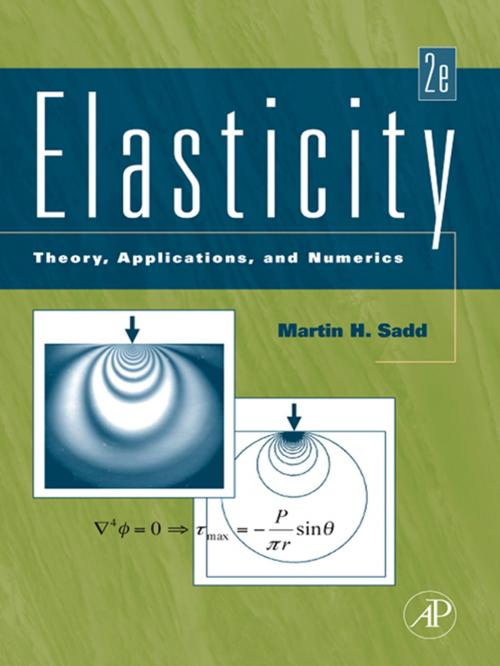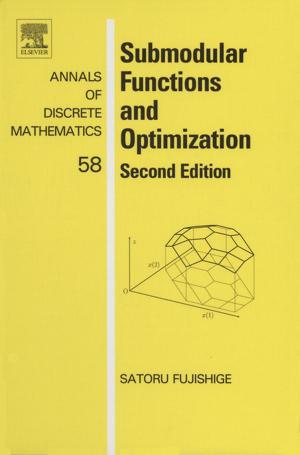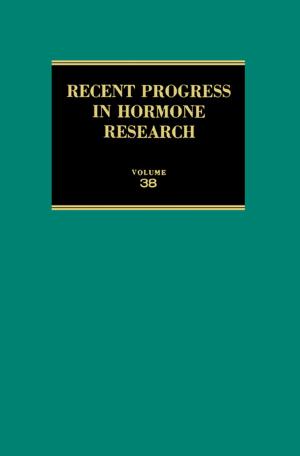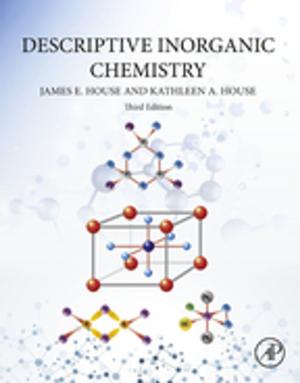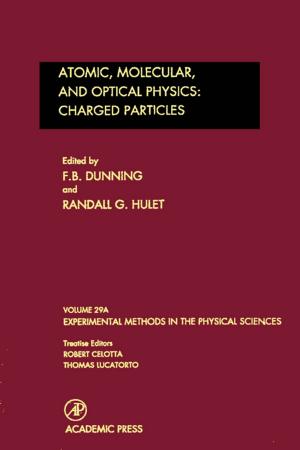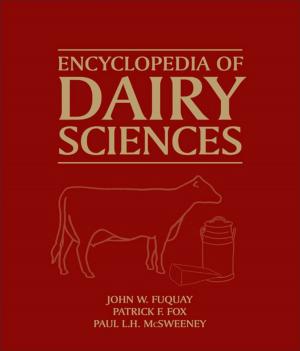Elasticity
Theory, Applications, and Numerics
Nonfiction, Art & Architecture, Architecture, Methods & Materials, Science & Nature, Technology, Aeronautics & Astronautics| Author: | Martin H. Sadd | ISBN: | 9780080922416 |
| Publisher: | Elsevier Science | Publication: | February 25, 2009 |
| Imprint: | Academic Press | Language: | English |
| Author: | Martin H. Sadd |
| ISBN: | 9780080922416 |
| Publisher: | Elsevier Science |
| Publication: | February 25, 2009 |
| Imprint: | Academic Press |
| Language: | English |
Elasticity: Theory, Applications and Numerics 2e provides a concise and organized presentation and development of the theory of elasticity, moving from solution methodologies, formulations and strategies into applications of contemporary interest, including fracture mechanics, anisotropic/composite materials, micromechanics and computational methods. Developed as a text for a one- or two-semester graduate elasticity course, this new edition is the only elasticity text to provide coverage in the new area of non-homogenous, or graded, material behavior. Extensive end-of-chapter exercises throughout the book are fully incorporated with the use of MATLAB software.
Key Features:
* Provides a thorough yet concise introduction to general elastic theory and behavior
* Demonstrates numerous applications in areas of contemporary interest including fracture mechanics, anisotropic/composite and graded materials, micromechanics, and computational methods
* The only current elasticity text to incorporate MATLAB into its extensive end-of-chapter exercises
* The book's organization makes it well-suited for a one or two semester course in elastictiy
Features New to the Second Edition:
* First elasticity text to offer a chapter on non-homogenous, or graded, material behavior
* New appendix on review of undergraduate mechanics of materials theory to make the text more self-contained
* 355 end of chapter exercises – 30% NEW to this edition
Key Features:
* Provides a thorough yet concise introduction to general elastic theory and behavior
* Demonstrates numerous applications in areas of contemporary interest including fracture mechanics, anisotropic/composite and graded materials, micromechanics, and computational methods
* The only current elasticity text to incorporate MATLAB into its extensive end-of-chapter exercises
* The book's organization makes it well-suited for a one or two semester course in elastictiy
Features New to the Second Edition:
* First elasticity text to offer a chapter on non-homogenous, or graded, material behavior
* New appendix on review of undergraduate mechanics of materials theory to make the text more self-contained
* 355 end of chapter exercises – 30% NEW to this edition
Elasticity: Theory, Applications and Numerics 2e provides a concise and organized presentation and development of the theory of elasticity, moving from solution methodologies, formulations and strategies into applications of contemporary interest, including fracture mechanics, anisotropic/composite materials, micromechanics and computational methods. Developed as a text for a one- or two-semester graduate elasticity course, this new edition is the only elasticity text to provide coverage in the new area of non-homogenous, or graded, material behavior. Extensive end-of-chapter exercises throughout the book are fully incorporated with the use of MATLAB software.
Key Features:
* Provides a thorough yet concise introduction to general elastic theory and behavior
* Demonstrates numerous applications in areas of contemporary interest including fracture mechanics, anisotropic/composite and graded materials, micromechanics, and computational methods
* The only current elasticity text to incorporate MATLAB into its extensive end-of-chapter exercises
* The book's organization makes it well-suited for a one or two semester course in elastictiy
Features New to the Second Edition:
* First elasticity text to offer a chapter on non-homogenous, or graded, material behavior
* New appendix on review of undergraduate mechanics of materials theory to make the text more self-contained
* 355 end of chapter exercises – 30% NEW to this edition
Key Features:
* Provides a thorough yet concise introduction to general elastic theory and behavior
* Demonstrates numerous applications in areas of contemporary interest including fracture mechanics, anisotropic/composite and graded materials, micromechanics, and computational methods
* The only current elasticity text to incorporate MATLAB into its extensive end-of-chapter exercises
* The book's organization makes it well-suited for a one or two semester course in elastictiy
Features New to the Second Edition:
* First elasticity text to offer a chapter on non-homogenous, or graded, material behavior
* New appendix on review of undergraduate mechanics of materials theory to make the text more self-contained
* 355 end of chapter exercises – 30% NEW to this edition
